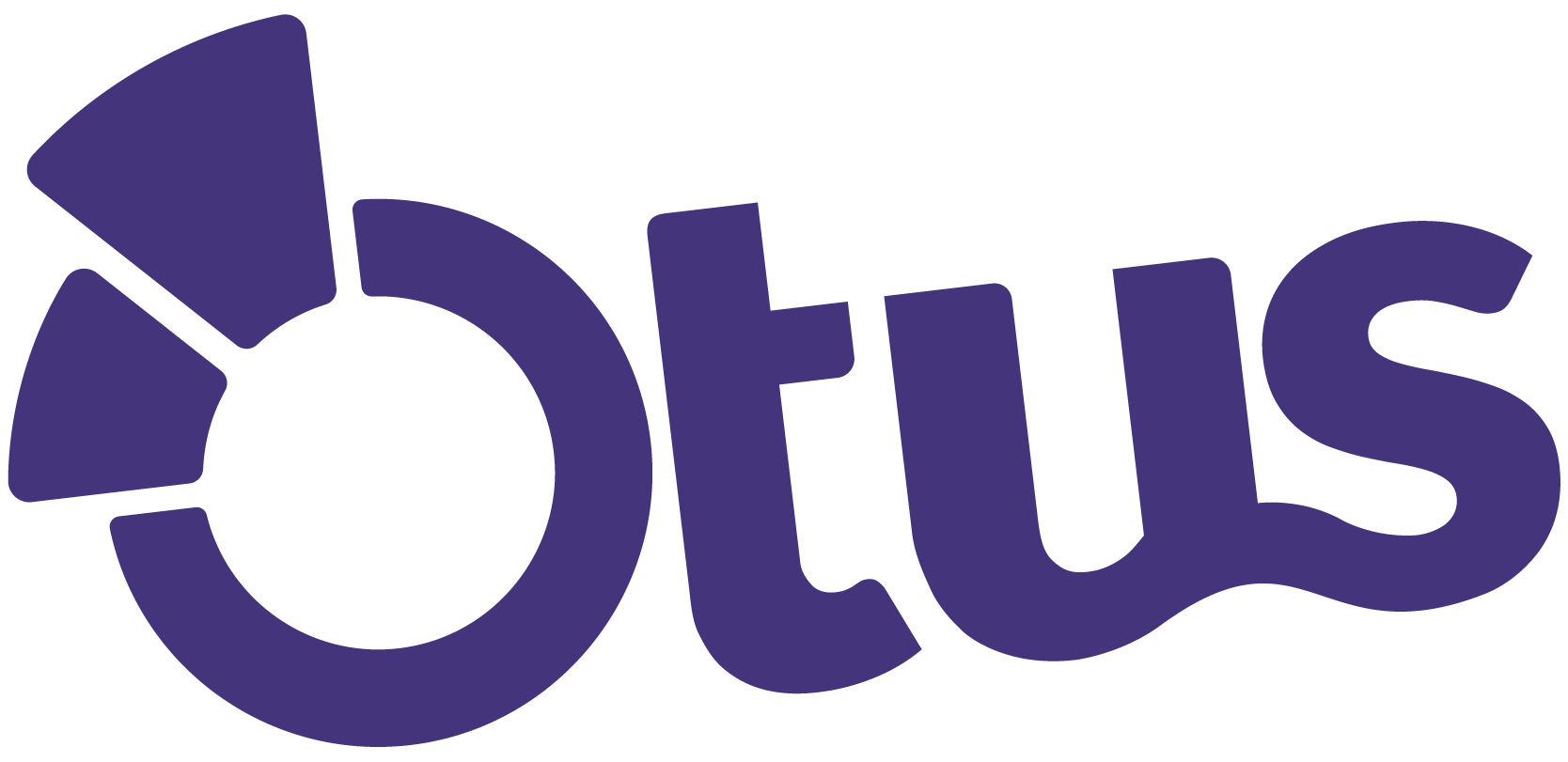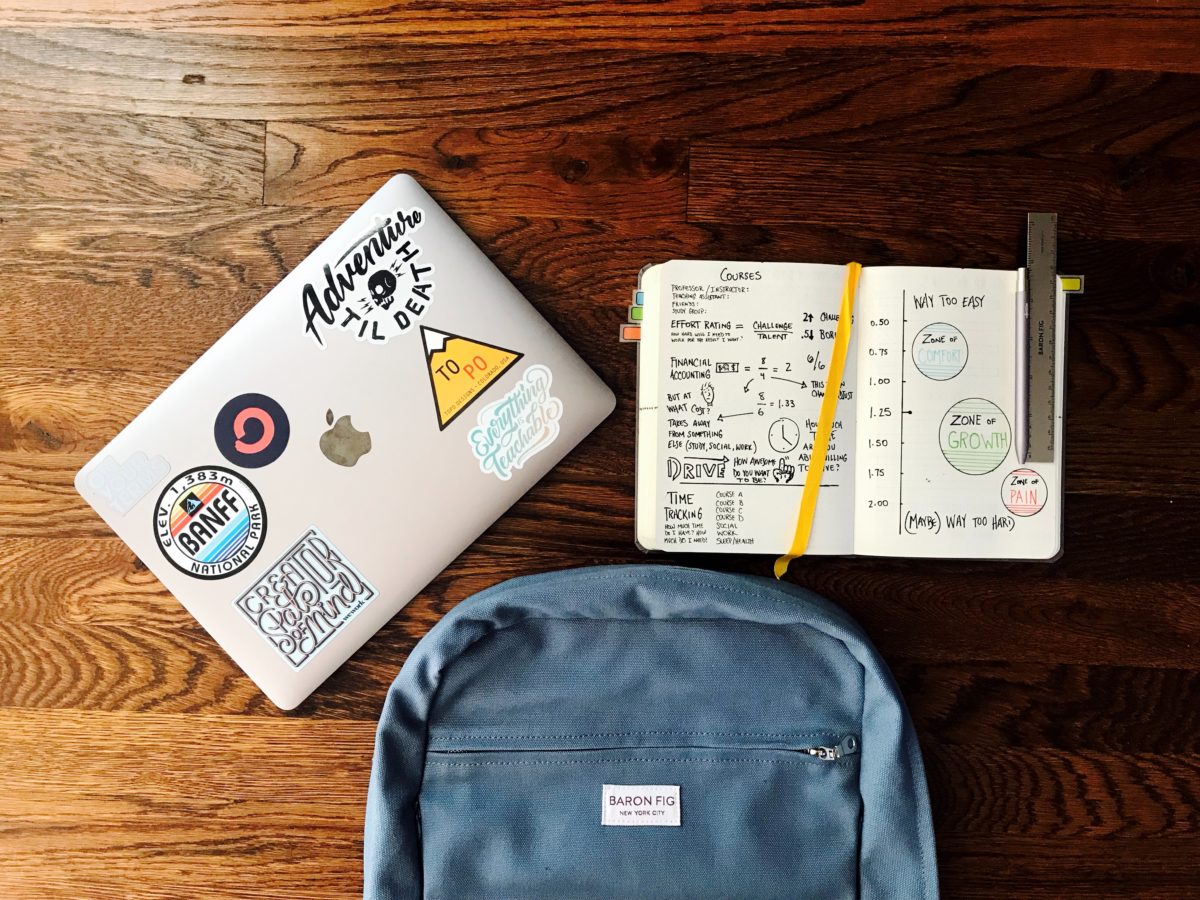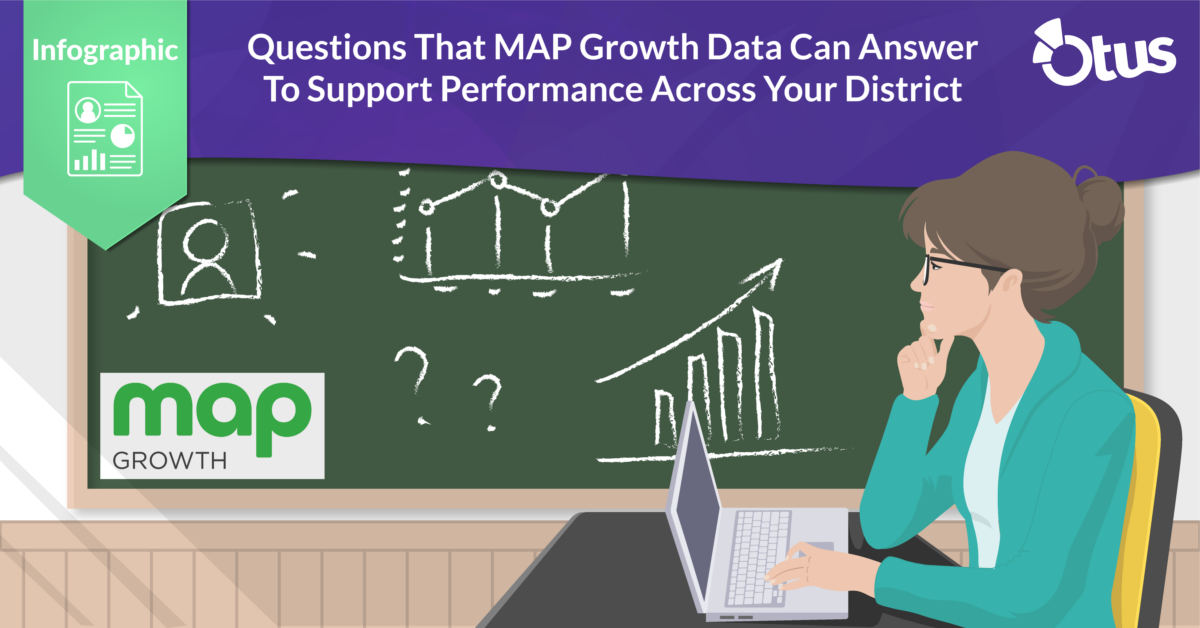With changing legislation and new district initiatives, the pressures of accountability and transparency continue to grow for teachers. Despite these changes, the core goal of education remains the same —to help each and every student grow and learn. Accurately evaluating and maintaining how each child is performing is an essential skill for teachers to achieve these learning performance goals.
This is not a new challenge. Being aware of the individual needs of students and how they are progressing has always been a struggle for teachers. We want to assess the entire child’s performance and never want to rely on just a single measure of performance. Plus, we want to know how a student is doing in real-time to best address their needs.
Day-to-day assessment can provide that information.
New technology in the classroom allows teachers to track how each student is doing throughout the school year. We can treat each test, quiz, project, and assignment as an opportunity for assessment by mapping them to the categories, standards or concepts we want students to master. We can then regularly review the analytics produced by those assessments to better understand how students fare. When their engagement and behavior data is combined with daily analytics, a more complete learning profile is created to connect data to instruction.
How day-to-day formative assessment helps
Day-to-day formative assessment enables teachers to more effectively see student performance and can help solve some key problems many educators face. Here are three of the main ways teachers can start putting better assessment to work.
1. Identify which students need help—even if they do not know themselves—before moving on to new skills or information.
Some students are great about coming to teachers for help when they are struggling. Others may not realize they need additional help or may be embarrassed to admit there is a problem. The day-to-day assessment helps us recognize when a student is struggling and readily identify what skills need to be supported. We can step in right when needed, without being dependent on the student to say they need help.
2. Adjust pacing and content based on the needs and skills of the class.
While recognizing when individual students are struggling—or thriving—is important, teachers are also cognizant of those times the whole class (or a group of students in the class) struggles to grasp a certain point or concept. Similarly, there are times when a group of students has already mastered the concept. A day-to-day assessment provides the ability to adapt the lesson to meet the needs and skills of the class at that moment. By connecting data to instruction, the class is tailored to the students.
3. Provide students more useful feedback and make learning a more reflective process.
Reflection is a skill that needs to be practiced. Using formative assessments with students and demonstrating how learning is a reflective process can teach them the life-long skill of effectively using feedback to improve on any skill they want. By providing more detailed and useful feedback, we can help students improve their learning habits. For example, we can aid our students with their paper revisions, discuss how to brainstorm ideas for projects or help them create checklists to become more productive.




